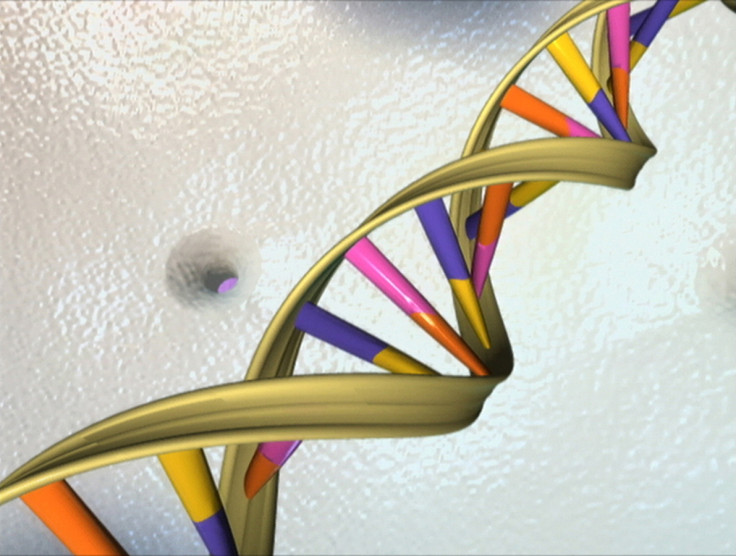Human DNA could have a sixth component suggests study

A possible sixth component or base that goes to build the DNA may exist in humans, says a study published in Cell.
The sixth DNA base, the methyl-adenine (mA) could play a crucial role in the life of the cells, says Manel Esteller, director of the Epigenetics and Cancer Biology Program of the Bellvitge Biomedical Research Institute (IDIBELL), ICREA researcher and Professor of Genetics at the University of Barcelona.
The evidence of this base was seen in lower organisms much earlier, but the latest study suggests that complex cells called eukaryotes such as the human body cells, also present the sixth DNA base mA.
The base may play a specific role in stem cells and early stages of development, the researchers say.
It was specifically seen that algae, worms and flies possess mA which acts to regulate the expression of certain genes. The researchers now hope to confirm the findings in mammals.
The DNA (deoxyribonucleic acid) is the main constituent of chromosomes and carrier of genetic information.
It is formed by different combinations of four bases: A, C, G and T (adenine, cytosine, guanine and thymine), in thousands of possible sequences to provide the genetic variability of living cells.
A fifth base the methyl-cytosine (mC) derived from cytosine was added to the basket of bases in the early 80s.
Subsequently, it was seen that mC was the main cause of epigenetic mechanisms: it is able to switch genes on or off depending on the physiological needs of each tissue.
Alterations in the methyl-cytosine contribute to the development of many human diseases, including cancer.
The "new" base methyl-adenine (mA) is one of the ways complex cells as found in the human body regulate expression of genes.
"It was known for years that bacteria, evolutionarily very distant living organisms of us, had mA in its genome with a protective function against the insertion of genetic material from other organisms. But it was believed that this was a phenomenon of primitive cells and it was very static," describes Manel Esteller.
Analytical methods with high sensitivity helped make the discovery as levels of mA in described genomes are low.
© Copyright IBTimes 2025. All rights reserved.





















